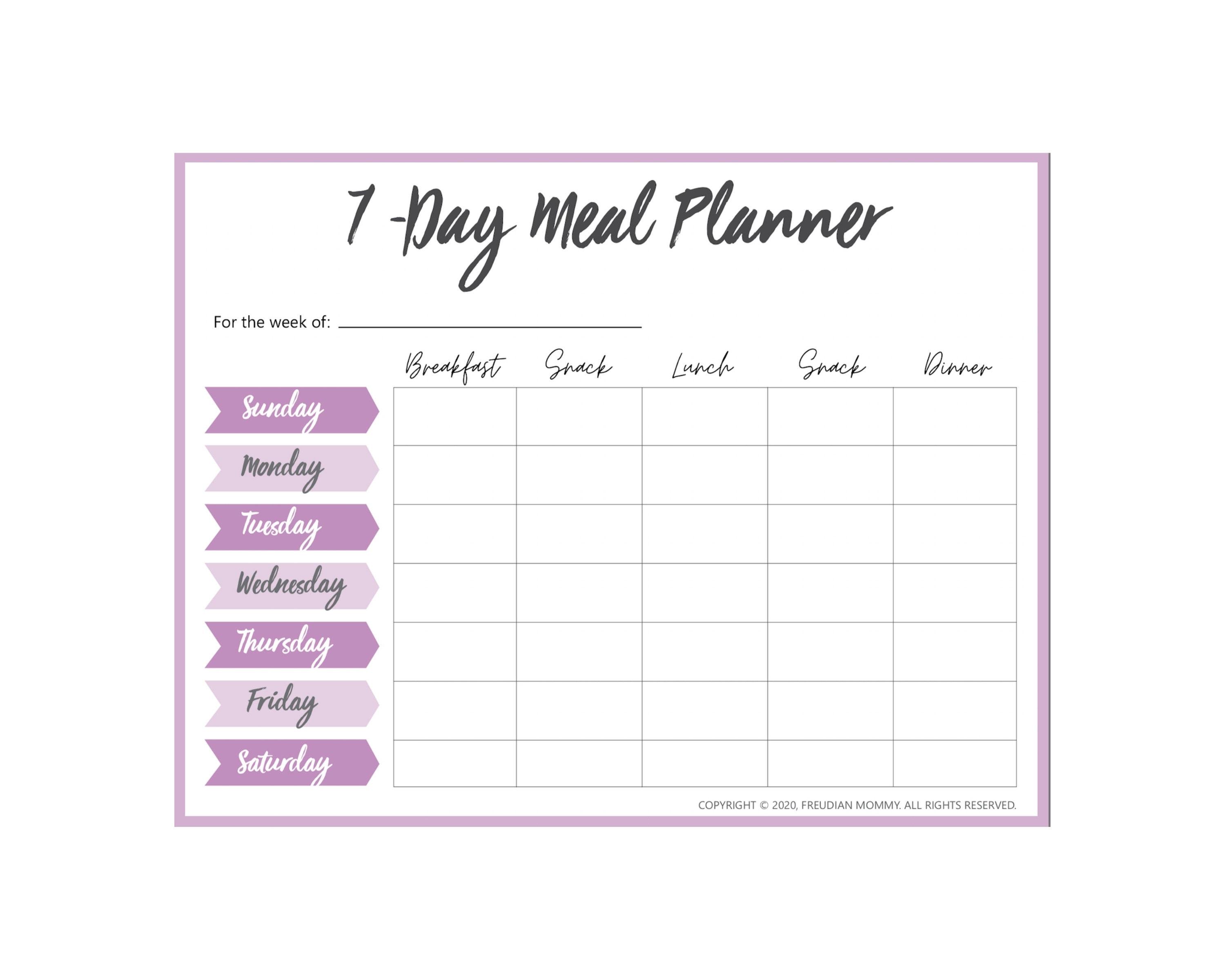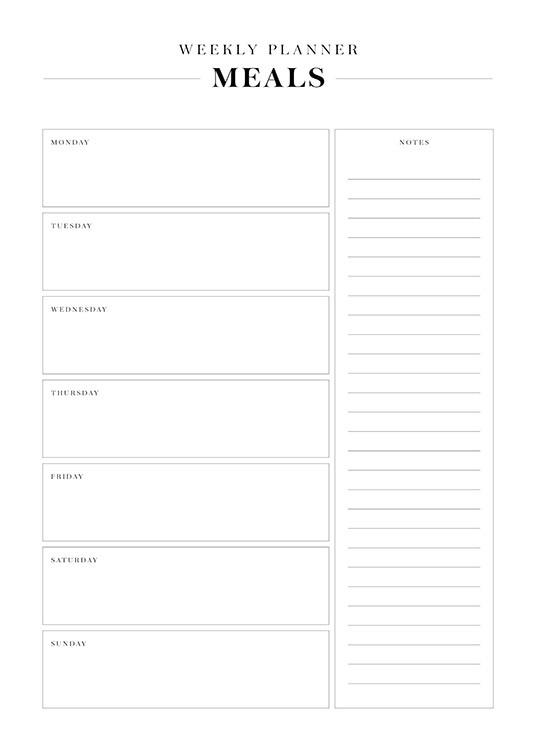Embarking on a weight loss journey can often feel overwhelming, with the plethora of dietary advice, meal options, and lifestyle changes vying for your attention. However, one powerful tool can streamline this process and significantly enhance your chances of success: a meal planner. Utilizing a meal planner not only brings structure to your dietary regimen but also empowers you to make informed, strategic decisions that align with your weight loss goals. In this article, we will delve into the essentials of meal planning, offering you a comprehensive guide on how to harness its full potential. From organizing your weekly meals to ensuring nutritional balance, you’ll discover how a well-structured meal planner can transform the chaos of dieting into a manageable, effective, and even enjoyable endeavor.
Choosing the Right Meal Planner for Your Lifestyle
When embarking on a weight loss journey, selecting a meal planner that aligns with your lifestyle is crucial for sustained success. The right planner will not only fit seamlessly into your daily routine but also motivate and inspire you to stay on track. Here are some key factors to consider:
- Flexibility: Choose a planner that allows for adjustments. Life is unpredictable, and your meal plan should accommodate unexpected events without derailing your progress.
- Customization: Ensure the planner can be tailored to your dietary needs and preferences. Whether you are vegan, gluten-free, or have specific caloric goals, customization is key.
- Ease of Use: Opt for a planner that is intuitive and user-friendly. Whether it’s a digital app or a physical journal, it should be easy to navigate and update.
- Inspiration and Support: Some planners come with community features or recipe ideas. These can provide a source of motivation and creativity, making your journey less monotonous.
Ultimately, the best meal planner is one that becomes a natural part of your lifestyle, empowering you to make healthier choices effortlessly.

Crafting Balanced and Nutritious Meal Plans
Designing meal plans that are both balanced and nutritious is essential for achieving your weight loss goals effectively. A well-structured plan not only helps in managing calorie intake but also ensures your body receives all the necessary nutrients. Here are some key components to consider when crafting your meal plans:
- Macronutrient Balance: Ensure each meal contains a healthy mix of carbohydrates, proteins, and fats. This balance helps in maintaining energy levels and supports muscle growth and repair.
- Portion Control: Use measuring tools or visual cues to keep portion sizes in check. This prevents overeating and helps in maintaining a calorie deficit, crucial for weight loss.
- Variety and Color: Incorporate a wide range of fruits and vegetables to not only make your meals visually appealing but also to provide a spectrum of vitamins and minerals.
- Whole Foods: Prioritize whole grains, lean proteins, and healthy fats over processed foods. This choice enhances nutrient intake and supports overall health.
By focusing on these elements, you can create meal plans that support your weight loss journey while promoting a healthier lifestyle.

Incorporating Flexibility While Staying on Track
While a meal planner is a powerful tool for guiding your weight loss journey, it’s essential to allow some room for spontaneity and life’s unpredictability. Flexibility is key to maintaining a sustainable approach. Consider the following strategies to keep your plans adaptable:
- Mix and Match Meals: Instead of rigidly sticking to a weekly plan, select a few core recipes and rotate them based on your cravings and schedule. This keeps your diet varied and prevents monotony.
- Plan for Substitutions: Stock your pantry with versatile ingredients that can easily replace those in your planned meals. This ensures you can adapt when certain items are unavailable or if you simply wish to try something new.
- Include a “Free Meal” Slot: Allocate one meal per week where you have the freedom to eat out or experiment with a new recipe. This prevents feelings of restriction and helps maintain enthusiasm for your meal planning.
By incorporating these flexible strategies, you can remain on track with your weight loss goals while enjoying the process and adapting to life’s inevitable changes.
Monitoring Progress and Adjusting Your Plan
Tracking your progress is crucial in ensuring your meal planner is effectively supporting your weight loss journey. Regularly reviewing your plan helps you identify what’s working and what needs adjustment. Start by keeping a detailed record of your meals and snacks, noting any deviations from your plan. This practice will highlight patterns and provide insights into your eating habits. Consider setting aside a specific day each week to review your progress, making it a routine part of your schedule.
- Assess portion sizes: Ensure they align with your goals and adjust if necessary.
- Evaluate nutritional balance: Check if your meals are providing the right mix of proteins, carbs, and fats.
- Identify triggers: Recognize situations that lead to overeating or unhealthy choices.
- Celebrate successes: Acknowledge milestones to maintain motivation.
Based on your observations, make informed changes to your meal planner. Perhaps you’ll discover that incorporating more variety or adjusting meal timing better suits your lifestyle. Remember, flexibility is key. Your plan should evolve as you progress, adapting to new insights and challenges.
